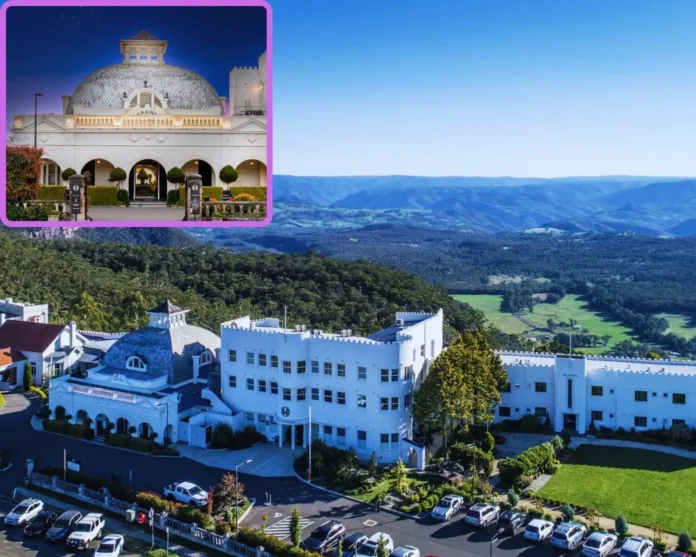Introduction
Ku-ring-gai councillors have recently made headlines for spending $20,000 on a workshop at the Hydro Majestic. This meeting comes at a crucial time as the council navigates critical issues, including a legal agreement with the state government, housing targets, and potential rate increases. Here’s a breakdown of what was discussed and how it could impact local residents.
The Legal Battle and Housing Targets
In December, Ku-ring-gai Council – the only Sydney council resisting the state government’s transport-oriented development plans – reached a secret agreement with the state. However, no decision has been made on how the council will meet its required housing target.
To address this, councillors will analyze results from a community survey exploring alternatives to the state’s high-density development plan. One possible scenario includes maintaining low-density across most of the LGA while designating one suburb for a 45-storey development. Another idea under consideration is developing mid-rise housing around key commercial hubs, which could provide a balanced solution between density and preserving the area’s unique character.
Community concerns about infrastructure strain, environmental impacts, and property value changes have been voiced, and the council will need to weigh these factors before finalizing a housing strategy. Feedback from residents will play a crucial role in shaping the final decision.
Rate Increases on the Horizon?
Another key topic at the workshop was whether the council should request approval from the Independent Pricing and Regulatory Tribunal (IPART) for a special rate variation, effectively increasing council rates. This move follows a precedent set by Northern Beaches Council, which approved a 40% rate hike in January.

Currently, Ku-ring-gai’s average annual council rate is $1503, ranking as the seventh-highest in metropolitan Sydney. If a rate increase is approved, residents could face significantly higher costs. Proponents argue that the increase is necessary to cover rising operational expenses and fund long-term infrastructure projects, while opponents worry about affordability for lower-income residents.
Additionally, councillors discussed how rate increases could be phased in gradually to reduce the financial burden on households. Exploring alternative revenue streams, such as increased commercial development levies and grants from higher levels of government, was also mentioned as a way to alleviate the need for drastic rate hikes.
The Council’s Planning Framework
Councillors and staff also reviewed the Integrated Planning and Reporting Framework (IPRF), a state-mandated system ensuring local governments meet regulatory requirements. This discussion aligns with growing concerns about cost-shifting, where programs previously funded by the state government are now expected to be covered by local councils.
As part of this review, the council is also assessing the effectiveness of its current planning policies and whether adjustments are needed to better align with long-term community goals. Ensuring sustainability and responsible development remains a priority, particularly in light of population growth projections over the next decade.
Community Engagement and Next Steps
Moving forward, the council is committed to increasing public consultation efforts to ensure residents’ voices are heard. Several town hall meetings and online forums will be organized over the next few months to provide transparency and gather more input on these crucial decisions.
Residents are encouraged to participate in these discussions and contribute their perspectives on issues like housing density, infrastructure needs, and financial sustainability. The council will take this feedback into account before making any final determinations on rate increases and housing development plans.
Conclusion
The $20,000 Hydro Majestic workshop underscores key challenges facing Ku-ring-gai Council, from legal disputes and housing developments to potential rate hikes. With decisions on the horizon, local residents should stay informed and engage with their representatives to voice their concerns.
As these discussions evolve, ongoing community involvement will be essential in shaping the future of Ku-ring-gai. What do you think about the council’s decisions? Share your thoughts in the comments!


